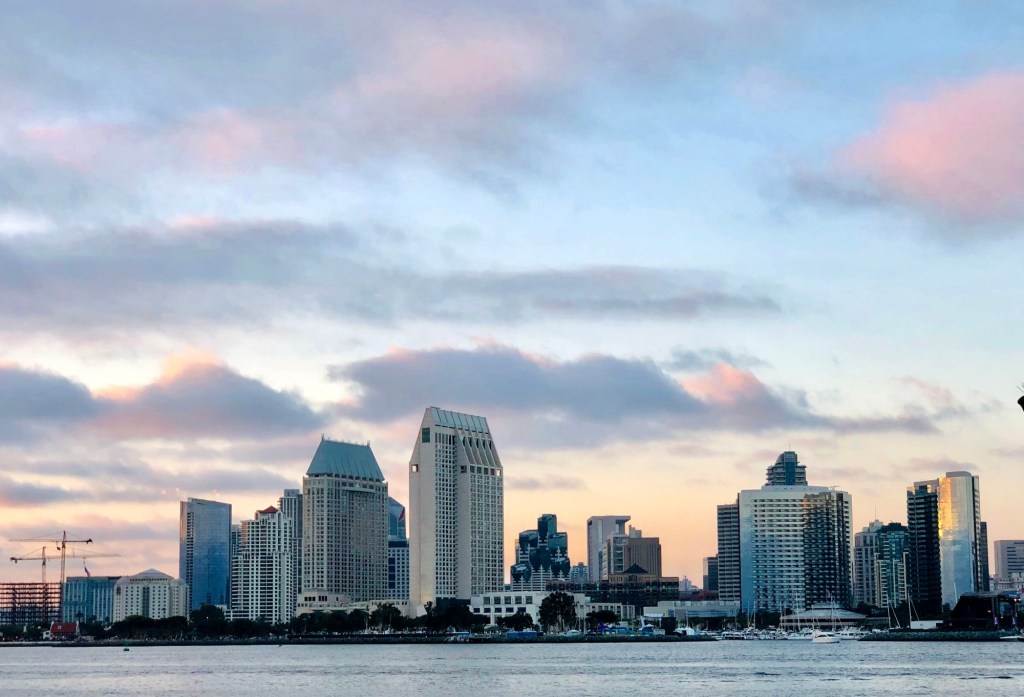As global politics fracture and national governments grow more dysfunctional, one truth becomes increasingly evident: cities — not countries — are now driving innovation, climate solutions and economic growth.
Across the world, cities are stepping into leadership roles once reserved for nation-states. Singapore stands as the clearest example of a true city-state: sovereign, strategic and globally influential. Dubai operates with city-state autonomy inside the United Arab Emirates, managing its own trade zones and courts. London forges climate pacts and investment deals beyond the reach of Westminster. Barcelona promotes itself internationally, bypassing Madrid. These cities aren’t waiting for permission to lead — and neither should San Diego.
San Diego has all the ingredients to become a city-state in function, if not in law. Consider what sets us apart:
— We’re binational. Tijuana and San Diego together form a cross-border mega-region of over 7 million people. No other U.S. city has this kind of economic, cultural, and logistical integration.
— We’re innovative. San Diego competes globally in blue tech, biotech, defense, clean energy, and higher education. UC San Diego and the Scripps Institution of Oceanography make us a hub of world-class research.
— We’re diverse and young. Our population reflects the global future — culturally open, multilingual and resilient.
This isn’t a call for independence from the United States. It’s a call for greater autonomy in charting our own future. What would this look like?
— Deeper collaboration with Tijuana on transit, environmental policy, higher education and cross-border innovation.
— Greater local control over housing, water resources, immigration policy and economic development.
— Global visibility through a dedicated San Diego Office of Global Affairs and presence in international forums.
— Stronger economic resilience by investing in green infrastructure, regional supply chains and digital self-sufficiency.
But there are real obstacles. Legal limitations restrict what cities can do. Federal and state resistance is likely. Regional inequalities could widen if the urban core surges ahead without inclusive planning. And no city — San Diego included — can thrive in isolation.
Still, the greater risk is stagnation. The world is shifting rapidly. The old model — waiting for top-down solutions from Washington or Sacramento — is broken. Cities that act boldly and think globally will shape the future. The rest will get left behind.
Yet San Diego faces three persistent challenges:
— Fragmented leadership. The city, county, port, universities, and private sector often work in silos. Coordination and a shared vision are lacking.
— Lack of big ideas. While transit and infrastructure plans exist, bolder moves — like high-speed rail to Tijuana or full port autonomy — remain unchampioned.
— Underwhelming global presence. Too often, we look inward when we should be forging global partnerships and asserting our voice on the world stage.
In today’s world, it’s not size that matters — it’s adaptability. San Diego, by its nature, is nimble and transborder. We don’t need to wait for permission to lead. We just need the will.
Our future depends on whether civic, business, academic and political leaders have the courage to embrace a new mindset — one that positions San Diego not just as a great American city, but as a globally connected, self-reliant binational region. A place that thinks, acts and partners like a city-state.
We have the vision. We have the assets. What we need now is alignment — and bold leadership to match the moment.
Eger is professor emeritus at the SDSU School of Journalism and Media Studies and previously served as chair of San Diego Mayor Susan Golding’s City of the Future Task Force. He lives in La Jolla.
